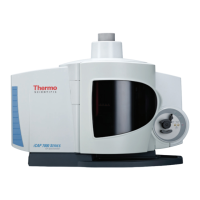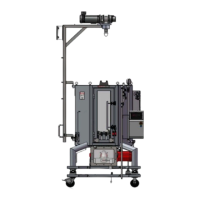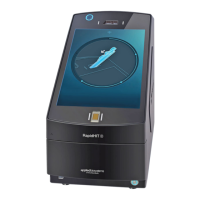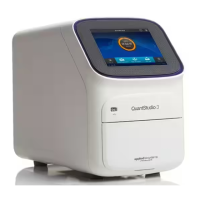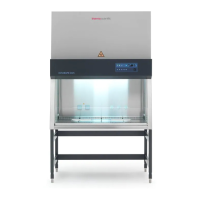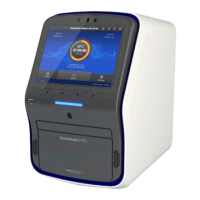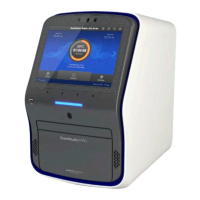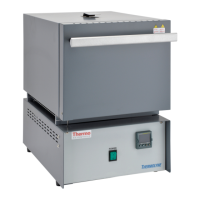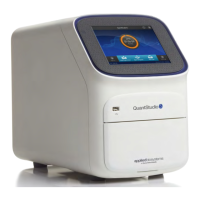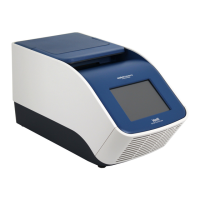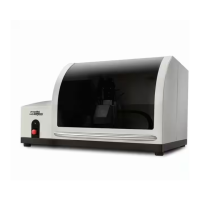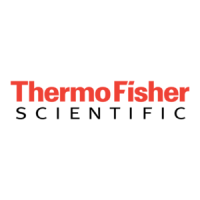
Do you have a question about the ThermoFisher Scientific iCAP 7200 and is the answer not in the manual?
| Type | Inductively Coupled Plasma Optical Emission Spectrometer (ICP-OES) |
|---|---|
| Wavelength Range | 166-847 nm |
| RF Generator Frequency | 27.12 MHz |
| Detection Limits | Sub-ppb levels |
| Sample Introduction | Nebulizer |
| Sample Introduction System | Autosampler compatible |
| Power Supply | 200-240 V AC, 50/60 Hz |
| Operating Temperature | 15-30°C |
| Optical System | Echelle |
| Plasma View | Radial |
| RF Generator | Solid-state |
Details the characteristic properties and specifications of the different iCAP 7000 Plus Series ICP-OES models.
Provides crucial safety guidelines to follow during the installation of the ICP-OES system and its accessories.
Outlines essential safety precautions to be observed when operating the iCAP 7000 Plus Series ICP-OES.
Explains the importance of optimizing instrument parameters based on samples and method requirements.
Provides instructions for assembling and installing the sample introduction glassware, including torch and spray chamber.
Offers a sample procedure for setting up and running a basic analysis using Qtegra ISDS Software.
Details the steps and interlock checks required to safely ignite and stabilize the plasma.
Guides the user through creating a LabBook in Qtegra for setting up sample analyses and method parameters.
Instructions on how to schedule and execute a LabBook for running an analysis.
Describes the procedure for automatically adjusting analyte wavelengths for optimal performance and accuracy.
Provides step-by-step instructions for safely shutting down the iCAP 7000 Plus Series ICP-OES system.
Details essential safety precautions to be followed when troubleshooting the iCAP 7000 Plus Series ICP-OES.
Offers solutions for identifying and resolving issues related to plasma ignition.
Addresses potential causes and solutions for the plasma unexpectedly shutting down during operation.
Provides guidance on checking and resolving issues affecting the accuracy and quality of analytical results.
Focuses on troubleshooting specific analytical issues like precision, accuracy, and detection limits.
Outlines periodic maintenance activities to optimize performance and prevent precision/detection limit issues.
Offers suggestions and procedures to minimize or resolve nebulizer blockages.
Details essential safety guidelines to be followed when performing maintenance on the instrument.
Covers general procedures for cleaning the instrument's exterior and sample introduction areas.
Describes the procedure for aligning the torch to ensure maximum sensitivity and optimum analytical results.
